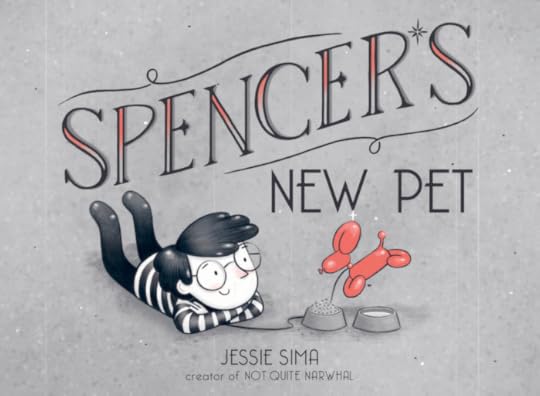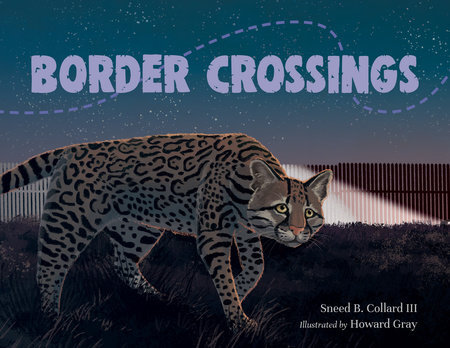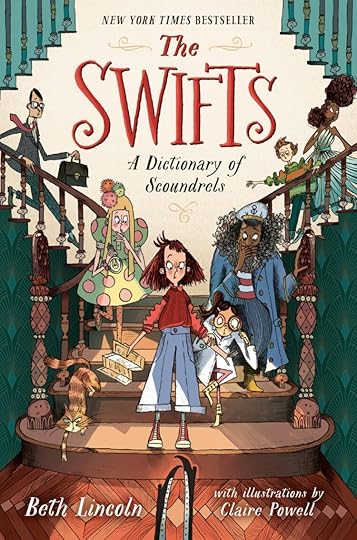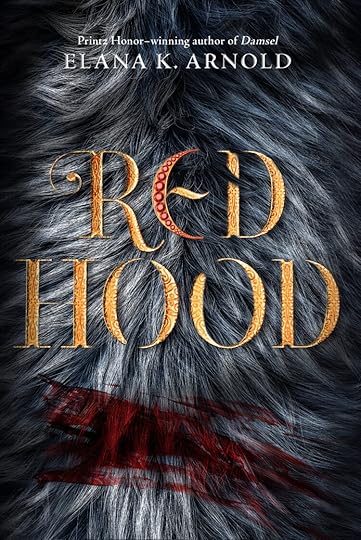Your Kid Lit Guide for This Year’s Book Flood
The keeners among you might already be thinking about the year’s best holiday, Iceland’s Jólabókaflóðið, or Book Flood. If you’ve got young readers on your giving list, I got you. I started my MFA in Writing for Children and Young Adults in January, and I’ve already read more than 130 books this year. If you want the whole list, you can follow me on Storygraph. If not, here are some standout favourites to make your holiday gift giving a little easier.
(No links provided – please support your local indie bookstore if you can!
If you can’t, copy and paste the title into the online retailer of your choice.)
Picture Books
Knuffle Bunny: A Cautionary Tale by Mo Willems (Hyperion, 2004)
When Trixie accidentally leaves her beloved stuffed animal at the laundromat, she tries desperately to explain the problem. Because Trixie is pre-verbal, Williams reveals her character through her actions: babbling, crying, going boneless, and finally throwing a full-on tantrum. Because the story is told through Trixie’s point of view, the reader understands that this “bad” behaviour is an attempt to communicate with adults who just don’t get it. Funny, relatable, and so very full of emotion, this book is an excellent example of a child-sized crisis that must be solved.
 Nell Plants a Tree by Anne Wynter, illustrated by Daniel Miyares (Balzer + Bray, 2023)
Nell Plants a Tree by Anne Wynter, illustrated by Daniel Miyares (Balzer + Bray, 2023)
A girl plants a tree that her grandchildren later climb. Each composite “scene” plays out over two time periods: the past, in which Nell takes one step toward planting a tree, and the present, in which the tree plays a central role in her family’s lives. But each scene begins in the present, looping back to the “Before” which makes the present-day actions possible. This circularity in each “scene” reinforces the circularity of the story arc as a whole: in the final spread, Nell and her grandchild plant a new tree. A gorgeous and powerful reminder that life itself is circular and intertwined.
Spencer’s New Pet by Jessie Sima (Simon & Schuster, 2019)
A wordless picture book in which Spencer becomes deeply attached to a balloon animal dog, feeding it, playing with it, bathing it, and protecting it from all the sharp things that might puncture it! When the wind blow the balloon dog away, he pursues it past many hazards, ultimately catching it just in time for a game of pin the tail on the donkey. Over many spreads, Sima creates and reinforces a particular understanding of the story world, only to subvert expectations in the most delightful way. I also loved the illustrations that show Spencer reading Pygmalion—a Greek myth about a sculptor who falls in love with his own creation, which the gods bring to life. While the story works perfectly without that context, it adds a little extra sparkle for adult readers who recognize the reference!
Nonfiction
 Border Crossings, by Sneed B. Collard III, illustrated by Howard Gray (Charlesbridge, 2023)
Border Crossings, by Sneed B. Collard III, illustrated by Howard Gray (Charlesbridge, 2023)
Picture book about the impact of border walls on wildlife. An ocelot in Texas heads south, but can’t cross the wall dividing the USA and Mexico; a female heading north finds her path unobstructed, successfully crossing into Arizona. These cats provide framing and context for information about the ecology of the border zone and the impacts of man-made structures on wildlife. Collard adds drama by depicting the male ocelot as a character with a clear goal: to find a mate and a territory of his own. Sensory and specific details provide a cat’s-eye view of the border wall; when adaptations and behavioural strategies for overcoming natural challenges fail in the face of artificial threats, the reader feels the impact of that failure and its potentially devastating consequences. Back matter includes an author’s note expanding on the importance of border habitats (e.g. diversity and endangered species) and explains that walls can be bad for humans, too. A glossary and reading list support young readers who may be inspired to become activists. Winner of the 2023 NCTE Orbis Pictus Award (the year that Polar received an Honor!)
Honeybee Rescue: A Backyard Drama, by Loree Griffin Burns (Charlesbridge, 2022)
Picture Book about rescuing honeybees who’d built a hive in a location that put their survival at risk. I love the hybrid structure of this book: it’s a narrative, with expository spreads that provide more context and detail on bee biology and bee rescue equipment. The narrative provides tension and suspense, with more technical information (in expository spreads) offered only when needed. The information about the bee vacuum was fascinating and hilarious, and incredible photographs throughout help kids visualize the action. Back matter includes the usual glossary, author’s note, sources and readings, but also an interview with the bee rescuer, which added further depth and broader context. This interview also tells kids what to do if they encounter bees in need of rescue (I’m sending a copy of this one to a friend who has staged two much-less-professional rescues of swarms from her own backyard beehives).
Middle Grade
Inside out & Back Again, by Thanhha Lai (Harper, 2011)
Novel in verse about Hà, a young refugee, and her family who evacuate from Vietnam and start a new life in Alabama, where Hà encounters anti-Vietnamese racism and struggles with feeling stupid (and being treated as stupid) at her new English-speaking school. The text is spare to the point of gauntness, but powerful imagery brings each poem to life. I was particularly struck by Lai’s use of foods and flavours to signal Hà’s emotions; stark contrasts between delicious foods she grew up with and disgusting foods encountered at sea and in the USA capture the disorientation and alienation of being in places where everything (even the sound horses make) is different. I was also struck by how deeply Lai depicts supporting characters, despite her  minuscule word count—also attesting to the power of carefully chosen details.
minuscule word count—also attesting to the power of carefully chosen details.
Turtle in Paradise, by Jennifer Holm (Yearling, 2010)
Historical fiction about a girl sent to live with relatives in Key West during the Great Depression. Details like weird nicknames, new foods, and the fact that Turtle is the only kid who wears shoes not only bring the location and culture of Key West to life, but help establish Turtle’s sense of dislocation and isolation in her new surroundings. Towards the end of the book, Turtle realizes she’s also gotten used to not wearing shoes: a subtle and beautiful way of showing readers that this sassy-but-charming heroine has found a new home. Throw in rumrunners, a Hemingway cameo and some buried pirate treasure, and I was genuinely disappointed to reach the end!
The Swifts: A Dictionary of Scoundrels, by Beth Lincoln (Dutton, 2023)
I loved this book SO MUCH that I read it twice and then wrote an essay for VCFA about the character arc of the protagonist, Shenanigan Swift. It’s a cozy gothic middle grade murder mystery, and it is flat out awesome! I can’t wait to read the sequel.
Young Adult
 Red Hood, by Elana K. Arnold (Balzer + Bray, 2020)
Red Hood, by Elana K. Arnold (Balzer + Bray, 2020)
A retelling of “Little Red Riding Hood,” in which predatory men and boys are literal werewolves and the protagonist, Bisou (whose name is French for “kiss” but also plays on the medieval French word for werewolf: bzou), gains supernatural abilities to hunt them while menstruating. A brilliant example of how to modernize a fairy tale while maintaining the archetypal resonance and threatening undercurrents of the source material, Red Hood manages to feel both timeless and very much of the present moment. It’s also the most effective use of second person I’ve ever encountered: Bisou is her own person, but also every person who is reading her story, underscoring the universality of the threat that she and all women face every day. At the end of the book, Bisou’s “you” becomes the “we” of the girls who are now standing beside her, helping making the point that women in the real world are also stronger in packs than working alone. Love, love, love!
The Brides of Rollrock Island, by Margo Lanagan (Ember, 2012)
Fantasy inspired by selkie stories, set on an island where (for a while) every bride is a seal-woman. Rollrock Island is a place out of time, both haunting and treacherous, where the boys of the settlement gather “sea hearts” for their mothers’ dinners while “the old witch” knits them blankets out of seaweed. Lanaghan’s gorgeous writing provides an unsettling counterpoint to her subject matter, which explores envy, dark desire, and issues of exploitation and consent.
What about you? What favourite reads are you bursting to share? Drop them in the comments!



